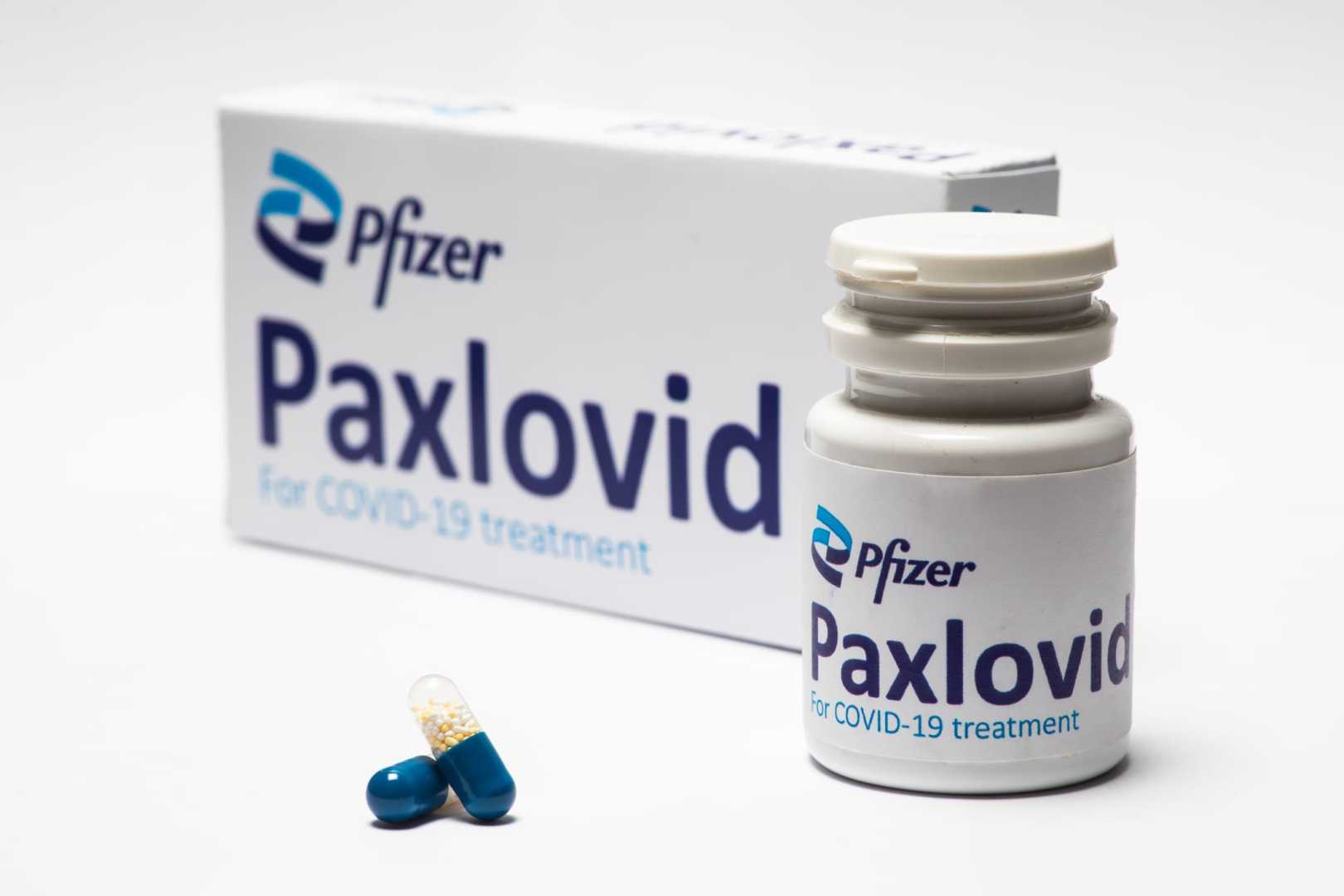Health
Access to Paxlovid Becomes Challenging Amid COVID-19 Surge

Patients are reporting difficulties accessing the anti-COVID drug Paxlovid this winter, even as the coronavirus causing the infectious disease reaches levels not seen in months. Angela Carpio couldn’t convince an urgent-care provider to prescribe the antiviral pills for her 63-year-old mother-in-law, and ended up taking her home with only cough syrup.
Paxlovid was in high demand when Pfizer made it broadly available during the delta and omicron pandemic waves of COVID-19 in 2022, but payment issues and occasional shortages at pharmacies have made it harder to acquire. Access has always been a concern because the effectiveness of Paxlovid is time-sensitive. The drug inhibits an enzyme in the body that the coronavirus needs in order to spread and infect other cells. But studies found that people need to start taking the three-dose regimen within five days of symptom onset in order to prevent COVID-19 from becoming severe.
A study at VA Boston Health Care found that about 1 in 5 COVID-19 patients at high risk for complications didn’t receive Paxlovid because they already had symptoms for too long. But an equivalent amount of patients simply weren’t offered the drug by their caregivers, said Dr. Paul Monach, a leader of the research.
That problem could be getting worse outside the veterans health system, because some doctors in the post-pandemic era don’t like how Paxlovid counteracts other prescriptions their patients are taking, and don’t want to deal with billing hassles now that the $1,000-or-so cost of the drug regiment is transitioning away from the federal government and toward insurance companies and individuals.
Who needs Paxlovid is a matter of some dispute. The CDC encourages treatment of COVID-19 for anyone over 50, but especially people over 65. Monach said some doctors consider people at age 60 to be at high risk, but others set the age cutoff higher.
Doctors also have become more selective in prescribing because of recent research, said Dr. Laurel Ries, president of the Minnesota Medical Association and a family practitioner in St. Paul. A study in the New England Journal of Medicine compared COVID outcomes among patients at low risk of complications, and found that those who took Paxlovid didn’t get better much faster than those who took nonmedicating placebo pills.
Financial support options changed at the start of the year, but Pfizer said in a statement that full coverage of Paxlovid for people on Medicare was extended through February. People who are uninsured or underinsured also can apply for help if they meet income guidelines and can’t afford their copays. Privately insured individuals can apply for up to $1,500 in support or rebates to offset their out-of-pocket costs.
The Minnesota Department of Human Services also said in a statement that it continues to fully cover Paxlovid for low-income individuals on Medical Assistance, and to pay for the drug minus a $25 copay for people on MinnesotaCare.












